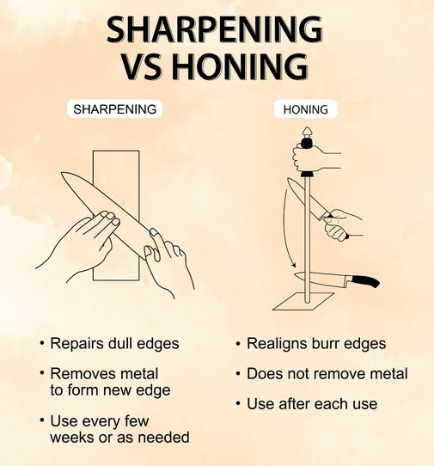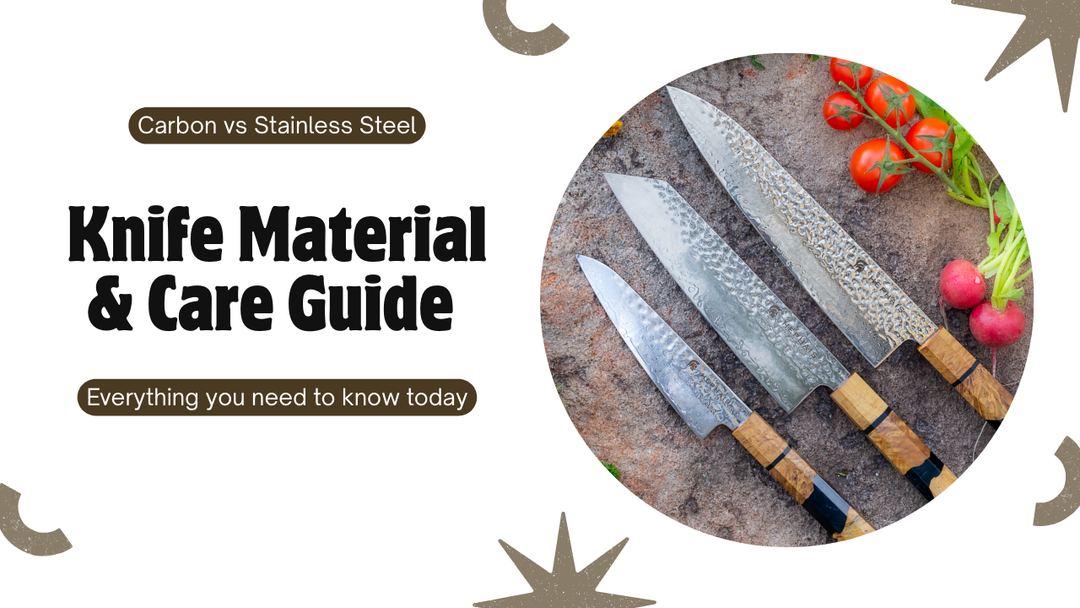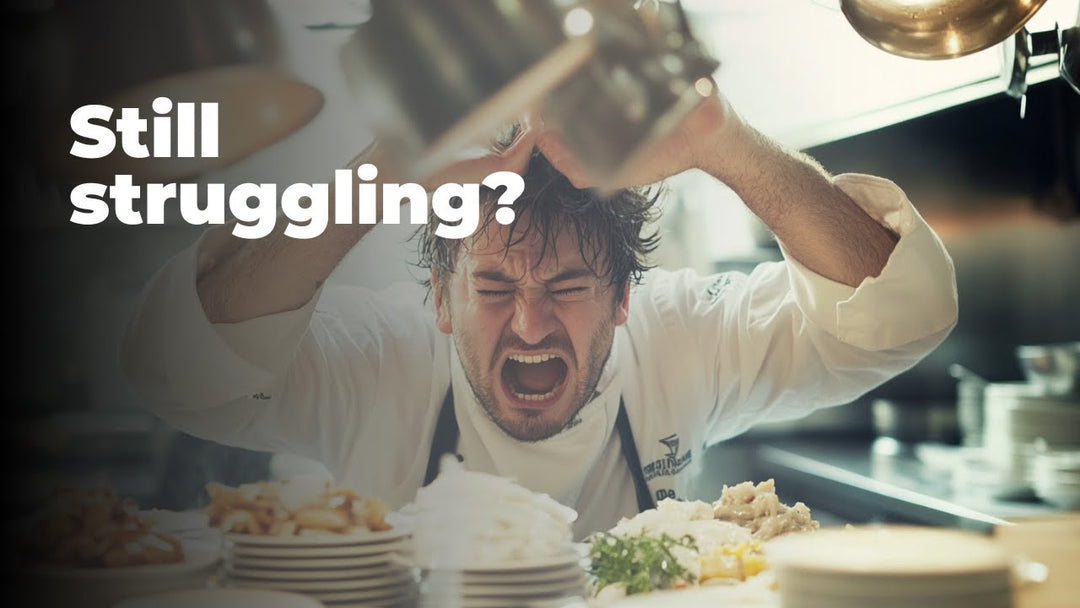Knife Material & Care Guide Australia | Stainless vs Carbon Steel | Hephais
A great kitchen knife isn’t just about sharpness — it’s about finding the right steel for your cooking style and knowing how to look after it. With so many options, from low-maintenance stainless steel to high-performance carbon steel, it can be tricky to know which is right for you.
In this guide, we’ll walk you through the key differences between stainless and carbon steel, how each one performs in everyday cooking, and the exact steps to keep your knives sharp, safe, and long-lasting. By the end, you’ll know exactly which blade belongs in your kitchen — and how to keep it in top shape for years.
1. Why Choosing the Right Steel Matters
Your knife is the most used tool in the kitchen — and one of the most personal. The steel it’s made from affects sharpness, maintenance needs, and even how enjoyable it is to use. Understanding the differences between stainless and carbon steel will help you avoid frustration, protect your investment, and make cooking more efficient.
2. Choosing the Right Knife Steel – Stainless vs Carbon Steel
| Pros | Cons | |
| Stainless Steel Knives |
|
|
| Carbon Steel Knives |
|
|
3. How to Care for Your Kitchen Knife Like a Pro
✅ Wash by hand
Never put knives in the dishwasher — the heat, moisture, and detergent can damage the blade and handle.
✅ Dry immediately
Moisture is the enemy of sharp edges. Wipe with a soft towel right after washing.
✅ Use the right cutting board
Wood and plastic are ideal. Avoid glass, ceramic, or marble surfaces — they dull your knife fast.
✅ Hone regularly, sharpen occasionally
Honing with a rod keeps the edge aligned, but sharpening on a whetstone or with a professional is needed every 6–12 months.
✅ Store safely
A knife block, magnetic strip, or blade guard prevents accidental damage (and accidents).

4. Why Sustainability Matters in Knives
Australian buyers are increasingly looking for tools that last — not just cheap throwaways. Investing in a quality knife reduces waste and supports responsible manufacturing. Look for:
-
Handles from sustainable wood or eco-friendly materials.
-
Long-lasting steels that don’t need replacing every year.
-
Brands that offer sharpening or refurbishment services.
5. Find Your Perfect Knife
Now that you know the differences between stainless and carbon steel — and how to care for them — the next step is choosing a knife that matches your cooking style.
At Hephais, our knives are built to last, with premium materials, balanced designs, and timeless looks inspired by Greek mythology. From the versatile Perseus Chef Knife to the elegant Aurora Damascus Series, we have the perfect blade for every Australian kitchen.

Ready to upgrade your kitchen?
Explore our full range of premium chef’s knives and start cooking with confidence today.






